About
The tumultuous and dramatic social and political changes which took place across Europe in the 18th century produced some of the most remarkable developments in the visual arts of any century. Rapid increases in the number of people involved in the consumption, and therefore production, of art, drove innovations in style, handling and, perhaps most importantly, subject matter.
This course will chart the passage of the visual arts through this turbulent period. It will take in the frivolity and humour of the Rococo, the profound impact of the discovery and dissemination of Roman and Greek statuary, debates over the relative merits of national art styles, particularly in Britain, the waning influence of royal and aristocratic patronage in the face of a rapidly rising middle class, the rise of wealth due to empires, and the relative austerity of Neoclassical art.
Across Europe, questions concerning the role of art within society, the role of the artist and the role of those who viewed art, remained central and will be themes that we return to throughout this course. Unevenly and at different times, political and economic power began to slip from the complete control of European monarchs and aristocrats. Meanwhile, questions of taste, previously bound up with ideals of nobility, became entwined with notions of popularity. We will see in this module that art in this century both reflected, and distracted, from stark and brutal changes.
Week 1: A lighter touch
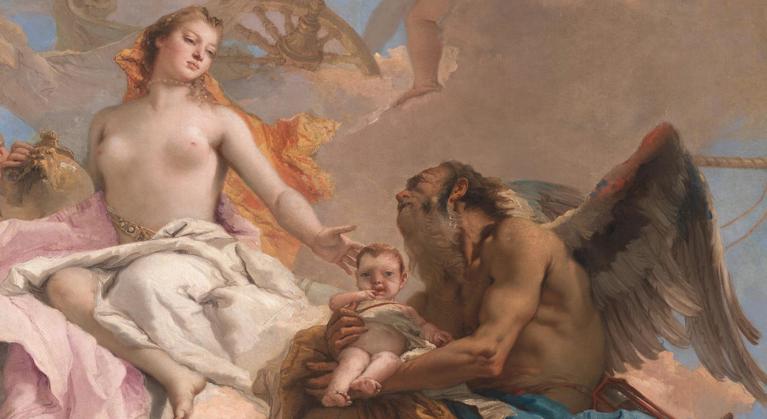
Until the 20th century, most art movements were not named by those that worked in that style. None more so than the Rococo. Buffeted by wars, revolutions and national chauvinism, Rococo is a style that has been defined as frivolous, thoughtless, shallow and inherently elitist by art historians.
Yet, artists working in this style were able to question how society defined class, gender and economic structures and it was its very light and airy qualities that were seen as a profound threat to more supposedly masculine and serious concerns. In the second half of the session, we are joined by Dr Carlo Corsato to discuss the work of Italian Rococo artist Tiepolo.
Week 2: The Grand Tour
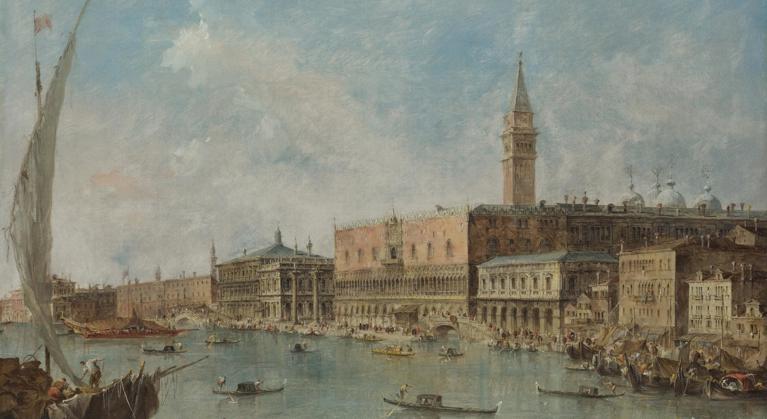
Artists and art lovers have always travelled to see works of art. However, in the 18th century, this process became codified and commercialised as young men, often in the company of a large entourage, began to travel across Europe as part of their education.
Inevitably, their journeys took in Rome, Venice and Florence. This session will look at how the Grand Tour, as it came to be known, was vital in disseminating ideals based on classical architecture, writing and sculpture. We will look specifically at the ways in which portraits produced by the Italian artist, Pompeo Batoni, catered to this market.
In the second half, we will be joined by art historian Franny Moyle who will speak about the life and works of Angelica Kauffmann and Vigée Le Brun.
Week 3: Publics and portraiture: Wealth and taste
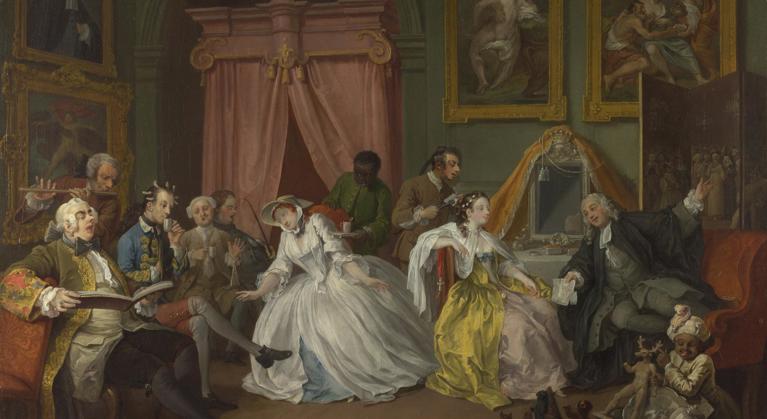
Prior to the 18th century, questions of taste were most usually considered alongside questions of social rank. It was assumed that members of the elite were best able to determine the worth of an artistic production, while most of the population were unable to understand what they might be looking at.
However, in Britain, an increasingly prosperous and numerous middle class, and the inexorable commodification of art, meant that the patronage and appreciation of art was no longer confined to one section of society. This week, we will explore how greater engagement with art altered the subjects depicted and the ways in which they were shown
In the second session, we will also look at how Britain, sought artistic approaches that were not linked to Rococo, a style treated with suspicion as it came from France. This century saw the establishment of the Royal Academy and the confirmation of London as the premier location for art in the country due, in no small part, to its wealth. We will look at the figureheads for both the establishment of the Royal Academy and the intellectualising of portraiture, Sir Joshua Reynolds and William Hogarth, advocate for a uniquely British style of painting, moraliser and, despite his unflinching eye, an optimist of the human condition.
Week 4: Cross-cultural currents
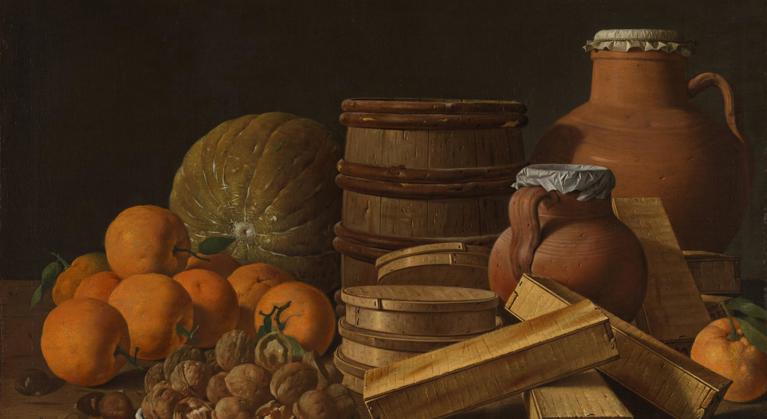
Artists in Europe have long been inspired by novelty and exoticism from other countries. However, the 18th century saw a rapid increase in opportunities for artists to travel to ever more remote locations. It can come as no surprise that the aesthetic theories and practices they brought with them from Europe were often unequal to the task of accurately capturing what they saw. The session will explore how artists, perhaps inevitably as part of colonial European expansion, and as diverse as Johann Zoffany and Luis Meléndez, recorded what they saw and shaped how people in Europe thought about other lands. We will be joined in the second half by guest speaker Jenny Graham.
Week 5: The Enlightenment

The Enlightenment is often understood as the triumph of scientific enquiry over mysticism and tradition. Across Europe, philosophers, writers, intellectuals and scientists increasingly wanted to understand the world around them and sought to do so through observation and experimentation. We will look at how these changes impacted the production of paintings and, in particular, paintings of volcanoes. We will also consider whether the break with mysticism and superstition was as final as many have claimed.
The second part of the session will focus on a single painting, perhaps the most complete visual presentation of the ideals, and problems, of the Enlightenment – Joseph Wright 'of Derby’s' ‘An Experiment on a Bird in the Air Pump’. We will see that Wright was both enlightened and a mystic.
Week 6: Neoclassicism: Revolution to empire

Increased exposure to artifacts excavated from classical Roman and Greek sites, encouraged a deeper interest in, and emulation of, classical art. If the Rococo was perceived as art for Francophile aristocrats, the new style was a clean, serious, supposedly masculine alternative.
Promoted by a range of dealers, antiquarians, artists and, in some cases, secret agents, Neoclassicism was the new art for the newly (and in some cases, already) wealthy. With the French Revolution it became a new style poised for a new regime. From the living rooms of newly constructed elite houses and estates in London and Berlin, Neoclassicism became the style of revolutionary anti-monarchists, as exemplified by the work of Jacques-Louis David. This session will chart the rise of this forward and backward-looking style. We will also learn more about the sculpture of the period in the second half of the session with curator and art historian Dr Greg Sullivan.
Watch Again
Can't make Wednesday evenings but don't want to miss out? No problem, you can watch again.
Each session is recorded and made available to you for the duration of the course, up until 2 weeks after the final session.
A video of the week's lecture will be uploaded and available for you to watch via your National Gallery account on Friday afternoons, in time for the weekend.
Your Tutor
Dr Matthew Morgan is a freelance art historian, educator and museum professional. Until recently he was the Museum Director of Turner's House, and he is also an Associate Lecturer at Birkbeck, University of London. He has worked in the heritage sector for over 10 years, including at the Royal Collection, the National Gallery and the Wallace Collection. Prior to that he was a Director in Christie’s Valuation Department. He has contributed to TV documentaries, podcasts, radio shows and has lectured widely across the country and made a series of short films which can be seen on YouTube.
Format
Each session lasts for 2 hours and includes a lecture delivered by the course lecturer followed by a short break and further discussion.
Time will be allowed for questions and discussion via Q&A.
Handouts will be available via your National Gallery account on Tuesday mornings.
Optional homework is provided to help you prepare for the following week's session.
Booking information
his is an online ticketed course hosted on Zoom. Please book a ticket to access the course. Only one ticket can be booked per account.
You will be emailed an E-ticket with instructions on how to access the course via your National Gallery account. All course information including your Zoom link, weekly handouts, and recordings will be available here.
Your link will be valid for the duration of the course.
Booking after the course has started
You are welcome to join the module at any point during its six-week run. You will gain access to all the recordings until two weeks after the final session.
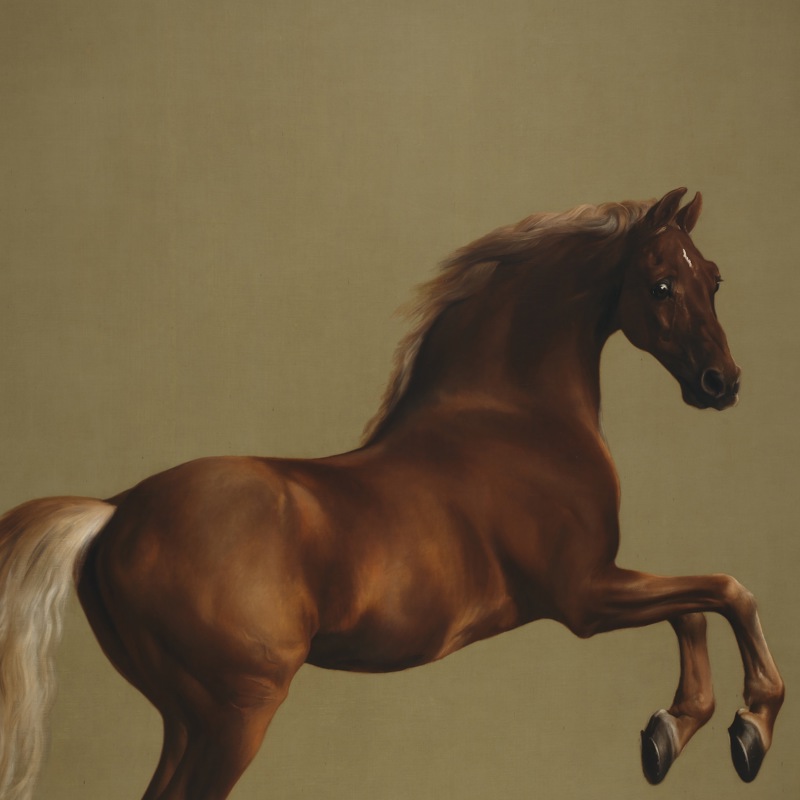


Stories of Art 1700-1800
Enrol
Standard: £90
Concessions: £85.50
Please book a ticket to access the event. You will receive an E-ticket with instructions on how to access your online events, films and resources via your National Gallery account.
Please note, only one ticket can be booked per account.
Concessions are for full-time students, jobseekers, and disabled adults.
